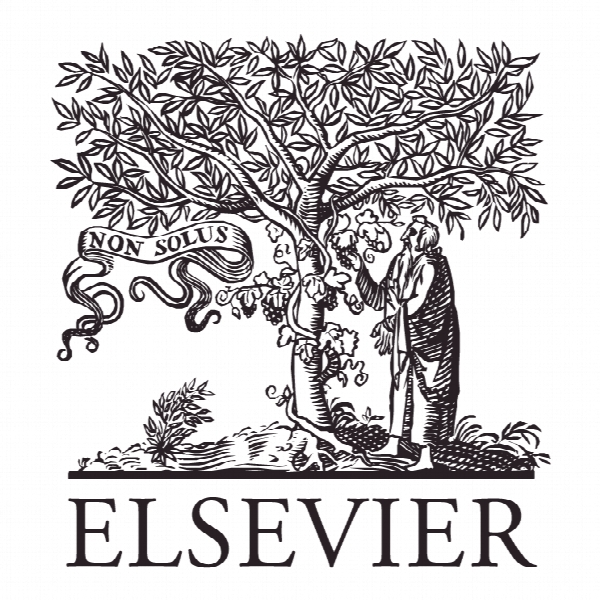وابستگی سرمایه انسانی و ادغامها و اکتسابها Human capital relatedness and mergers and acquisitions
- نوع فایل : کتاب
- زبان : انگلیسی
- ناشر : Elsevier
- چاپ و سال / کشور: 2018
توضیحات
رشته های مرتبط مدیریت، اقتصاد
گرایش های مرتبط مدیریت کسب و کار، مدیریت منابع انسانی
مجله اقتصاد مالی – Journal of Financial Economics
دانشگاه Norwegian School of Economics – Helleveien – Norway
شناسه دیجیتال – doi https://doi.org/10.1016/j.jfineco.2018.03.008
منتشر شده در نشریه الزویر
کلمات کلیدی انگلیسی human capital relatedness, mergers and acquisitions, asset sales
گرایش های مرتبط مدیریت کسب و کار، مدیریت منابع انسانی
مجله اقتصاد مالی – Journal of Financial Economics
دانشگاه Norwegian School of Economics – Helleveien – Norway
شناسه دیجیتال – doi https://doi.org/10.1016/j.jfineco.2018.03.008
منتشر شده در نشریه الزویر
کلمات کلیدی انگلیسی human capital relatedness, mergers and acquisitions, asset sales
Description
1. Introduction The property rights theory of the firm developed by Grossman and Hart (1986) and Hart and Moore (1990) posits that complementary assets should be combined under common ownership when contracts are incomplete to reduce holdup problems. 1 Rhodes-Kropf and Robinson (2008) extend this view of the firm to a theory of mergers and show that it implies assortative matching (i.e., like buys like). Subsequent work by Hoberg and Phillips (2010) examines how real asset complementarities can be achieved when mergers between firms with related products spawns new products. However, the literature has paid less attention to the role of human capital relatedness in mergers. This paper attempts to fill this important gap in the literature by asking whether human capital relatedness encourages mergers and creates synergies. A fundamental difference between real assets and human capital is that real assets can be purchased, while human capital is rented. It can therefore be difficult to realize human capital synergies in mergers because it is difficult to retain and redeploy the merging firms’ workforces or layoff duplicate and/or less productive workers. However, we argue that human capital relatedness (i.e., overlapping employees with similar job skills) increases the acquiring firm’s bargaining power over the merged firms’ workforces, giving it greater ability to extract rents from employees in the form of lower wages and/or the option to retain only the most productive components of the overlapping workforces. Furthermore, the firm also has the option to keep the combined workforces intact to capitalize on economies of scale or to ―winner-pick‖ the best ideas and new products or services. The human capital relatedness between firms is likely to be related to the degree of industry and/or product overlap. This raises the question of whether human capital relatedness is more or less valuable when merging firms operate in similar product markets. Theoretical work by Fulghieri and Sevilir (2011) suggests a possible answer to this question. They argue that although mergers between firms operating in similar product markets can increase market power, this benefit is offset by a negative effect on employee incentives to innovate. This is because the merger decreases competition for human capital, allowing the postmerger firm to extract greater rents from employees. The net effect is that the merger can be rejected or create lower value because it is harmful for innovation and new product development. If the Fulghieri and Sevilir (2011) theory is broadly valid, we might expect that human capital relatedness discourages mergers between firms with operations in overlapping industries and similar product markets.


